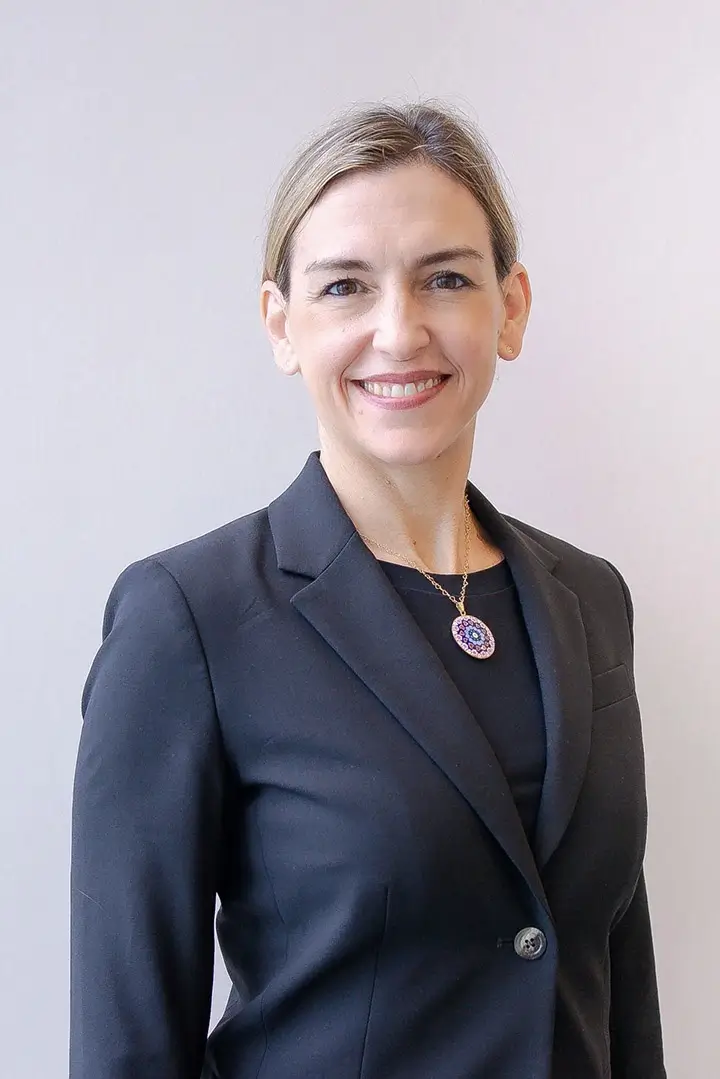She was at a wedding last summer when she suffered her fourth heart attack. Carron was hanging Japanese lanterns as part of her job when the 58-year-old event planner and mother of two felt the familiar pain in her chest. The doctor told her that she was on her last string and the next time could be her last. An evaluation showed that she was getting less than 50% efficiency from the right side of her heart. Stents didn’t work so they tried a defibrillator. When those measures proved unsuccessful, a heart transplant list got another name.
“All I could do was cry,” she says. “I just thought, ‘I’m about to die.’ There’s 100,000 people waiting for a heart.”
As autumn approached, her condition worsened.
“I couldn’t walk 20 feet without being on somebody’s arm,” Morrow says. “I couldn’t go to the mall. My legs just wouldn’t carry me. I knew I had really gotten worse.”
Her church rallied and offered support.
“Each time I’ve had one of these heart attacks, the church has surrounded me in prayer,” she says.
Carron’s health records were eventually sent to Texas thanks to her nurse. She had been researching adult stem cell therapy and had watched over Carron since her third heart attack. It was during her research that she learned of a groundbreaking study at the Texas Heart Institute.
“Within a month’s time, I was in Texas,” she says.
But the study would be limited, with only 30 people admitted. There would be 10 placebo patients, and 20 stem cell patients.
“I started praying,” Morrow says. “They called me at a quarter to five.”
More than a decade ago, the research began in Brazil, and now Carron would be involved with it.
The treatment was not approved by the Food and Drug Administration, and for the surgery to take place, she had to sign liability papers.
“My next choice was just to drop dead, so I signed everything,” she says, “and had full confidence in that group.”
Carron when into surgery on October 14th, 2006 – her birthday. From her left hip, 50cc of bone marrow was removed and stem cells were cultivated from the tissue. She was back in surgery only four hours later, and the right side of her heart was injected with 30 million stem cells.
Carron had a great deal of traveling to do after the procedure. She remained in Texas for nine days, but had to return every two weeks until January. All her plane trips were paid for by a local businessman who as a catering client of hers.
“I knew within two months something was going on,” Morrow says. “I could sing a whole song at church.”
By December, she “was plating food as hard as any other chef there.”
In April, “I had a huge wedding in Jackson, Mississippi. We put in 80 hours that week. My sister said, ‘Carron, you know you have the stem cells.'”
It was confirmed the following week in Texas: “This little bitty envelope had ‘stem cell’ in it.”
To measure her progress, she had another CT scan performed on her heart. She went to the University of Alabama for the scan this month, the same place where she was informed of her bleak outlook only a year ago.
“The doctor calls and says, ‘Ma’am, the right side of your heart is normal.'”
She had the scan results faxed to Montgomery because she was sure there had been a mistake.
“I was in la-la land for several days.”
On June 7th, she was on PBS in a featured documentary.
“I told the doctor, ‘I don’t understand why we have this huge political mess going on about stem cells,'” Morrow says. “I’m living proof that adult stem cells work far better than embryonic. And why should embryonic even be in discussion?”
“I’m here to say, ‘I’m living proof. It saved my life.”
“I’m just doing great.”
Her defibrillator is no longer needed, an $85,000 remedy that completely failed. Less than $600 was needed to culture Carron’s stem cells.
“This is going to revolutionize heart disease.”
“This community has been such a strength for me,” she says. “I am just so blessed. I feel so undeserving. I am not a perfect person. I just am overwhelmed with how good God is to me.”
“I have been given an opportunity

